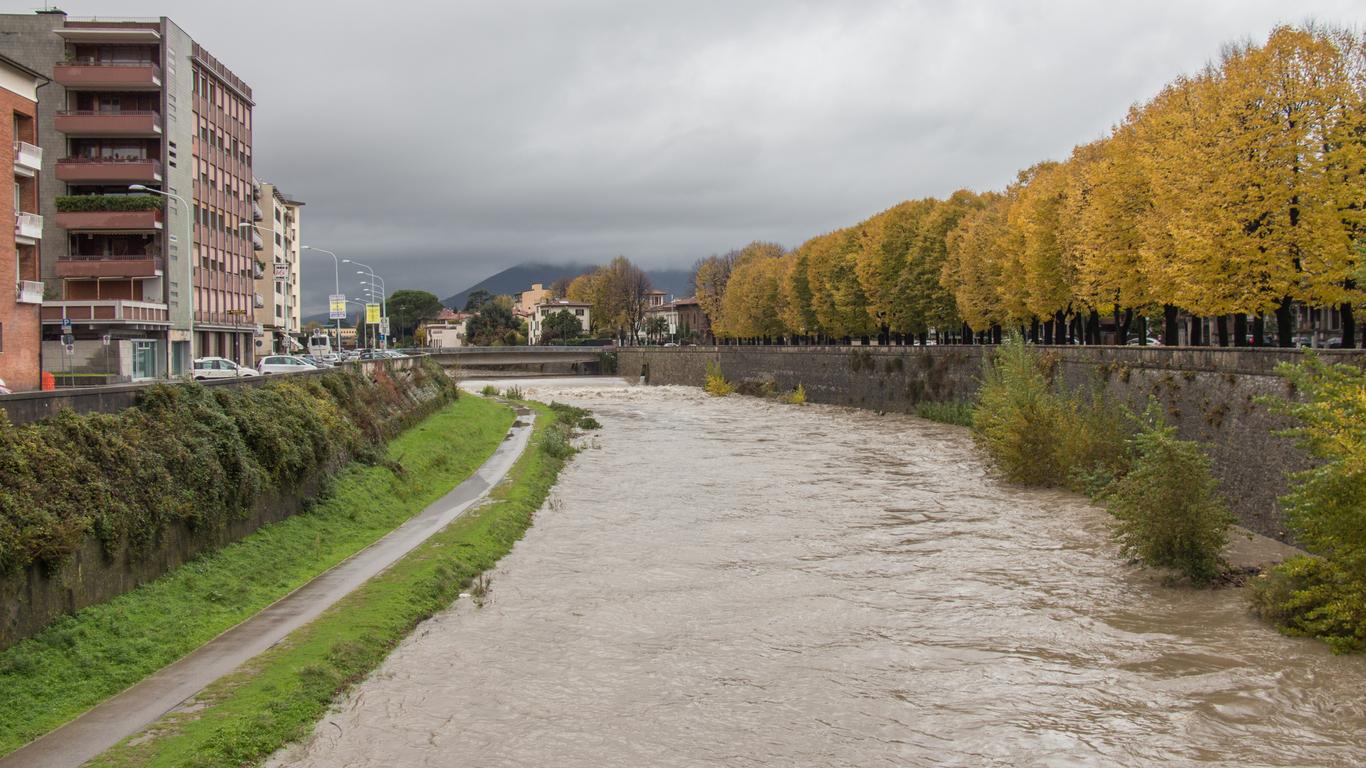From centuries-old architecture to mouthwatering local cuisine, Prato offers an authentic taste of Tuscany. The city is a gateway to the iconic Italian region and combines a rich history with a proud industrial past. Explore the medieval Old Town, dine at rustic trattorias and hike in the surrounding hillsides.
Things to do in Prato
Get lost in the medieval streets of the historic centre. Admire the magnificent Romanesque façade of Prato Cathedral and step inside to see frescoes painted by celebrated Italian artists like Filippo Lippi. Handsome historic buildings like Palazzo Pretorio frame Palazzo Pretorio, the city’s bustling central square. It’s a great place to sip espresso and nibble “cantucci” almond biscuits, a Tuscan specialty.
Visit Museo del Tessuto and learn about the city’s historic textile industry. The museum is housed in a restored 19th-century mill and showcases antique machinery and other textile memorabilia. High-quality, handcrafted clothing made from wool, cashmere and silk makes an excellent souvenir.
Enjoy beautiful views on the hike up Monteferrato. The local hill is a great place to stretch your legs and unlock panoramic views of Prato and the surrounding countryside. On the ascent, you can explore the ruins of a medieval castle. The hill is set within Monteferrato Nature Reserve, where you can see wildlife like deer, wild boar and long-eared bats.
Tuscany is a culinary paradise, and Prato is no exception. Dine at local trattorias and try famous dishes like “pappa al pomodoro” tomato and bread soup, “ribollita” vegetable stew and “pici” hand-rolled pasta served in a rich ragu. The hearty, farmhouse-style cuisine pairs perfectly with Tuscan wines like Chianti.
Getting around Prato
Prato is pedestrian-friendly and easy to get around on foot. The city is a 40-minute drive from Florence and 20 minutes by train. Amerigo Vespucci Airport in Florence is a 20-minute drive away.





